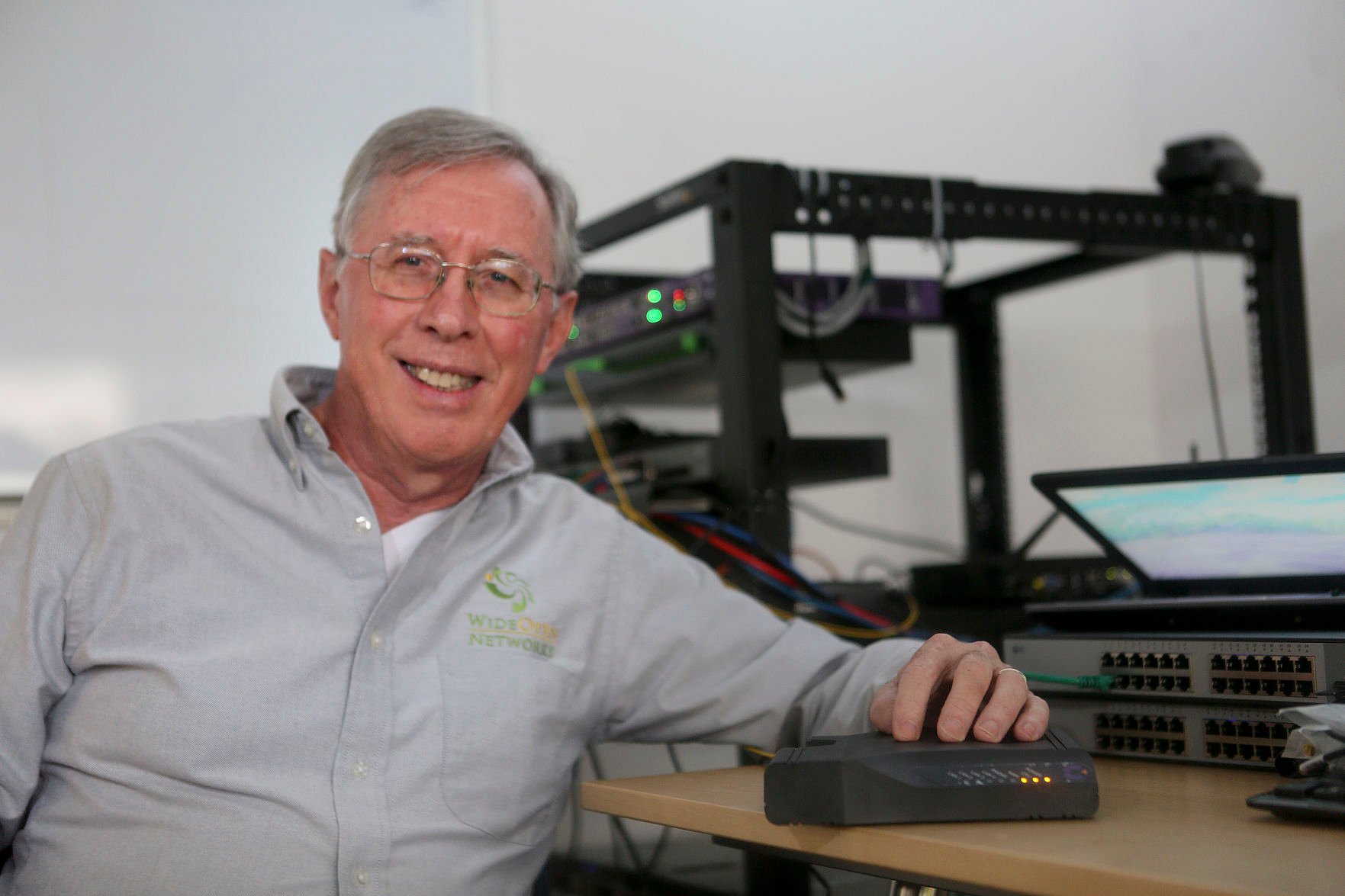2.4 GHz vs 5 GHz – How Do They Differ?
Choosing the right router frequency can affect upload and download speeds within structures more than your customers realize.
Blacksburg, Virginia, 10/11/2021

The wireless router uses radio frequencies to transmit internet to user devices. The difference between 2.4 GHz and 5 GHz WiFi comes down to three factors: speed, interference and range.
2.4 GHz wireless networks cover a broader range than 5 GHz networks but at lower speeds. The faster 5 GHz frequency does not penetrate solid objects as well as 2.4 GHz signals, and this limits the reach of 5 GHz frequencies within the structure. So, is 5 GHz useful? Absolutely! If the router is near the receiving device (in the same room) the user can take advantage of the faster transmission speeds and reduced congestion.
Dual-band routers can be set it to transmit at both frequencies at the same time.

 In January 2021, Parks Associates released a
In January 2021, Parks Associates released a 